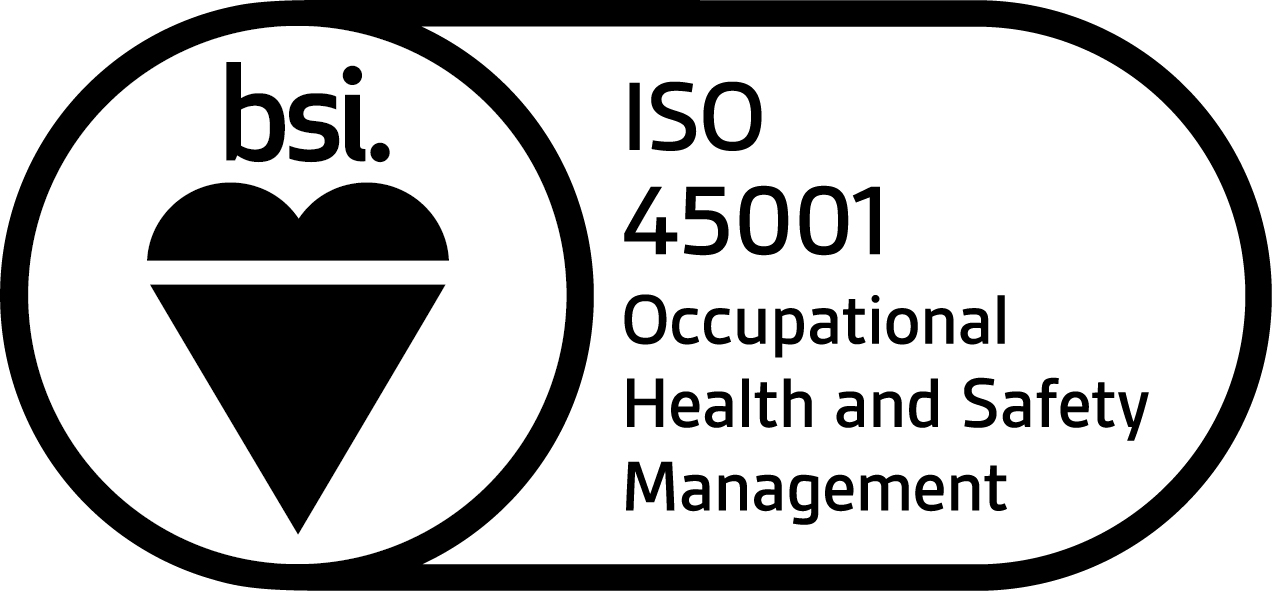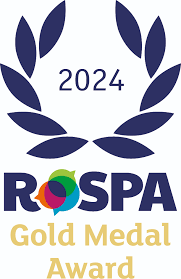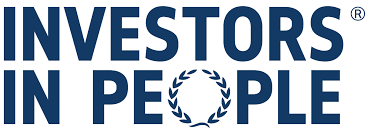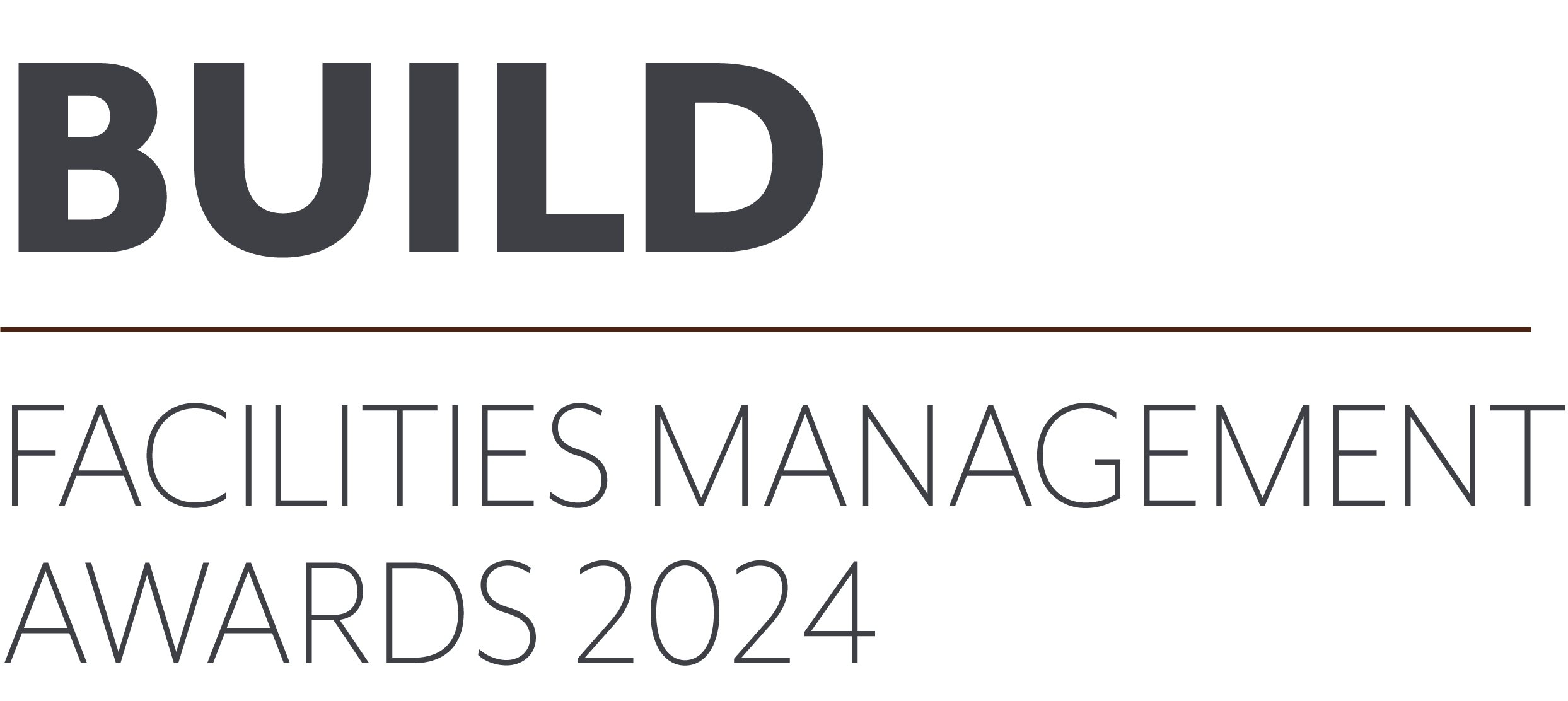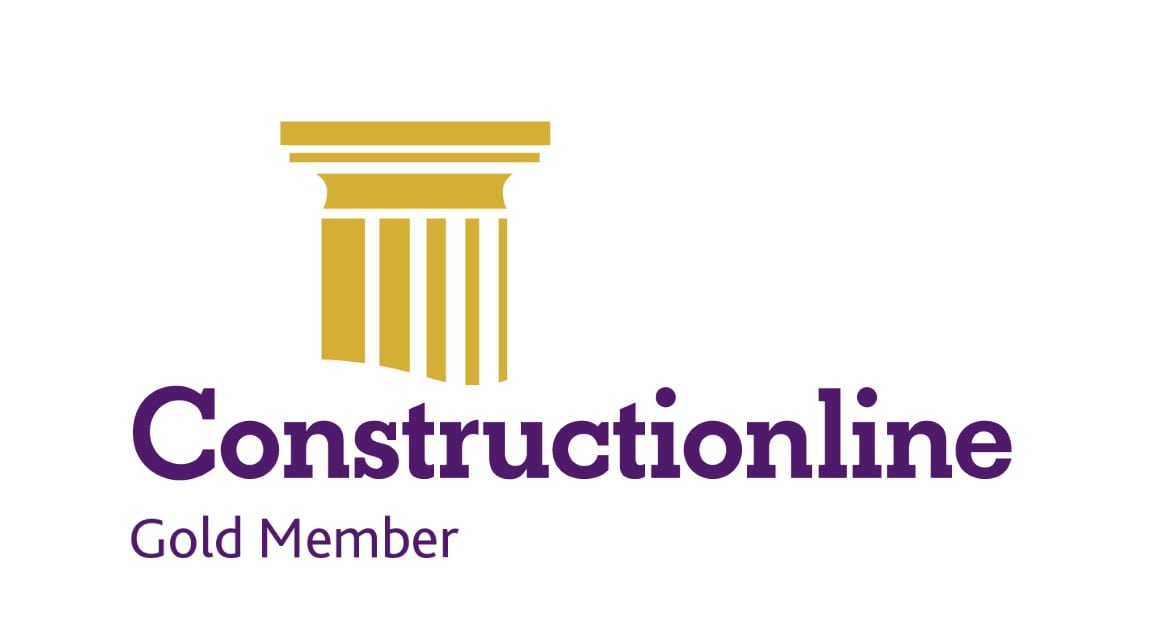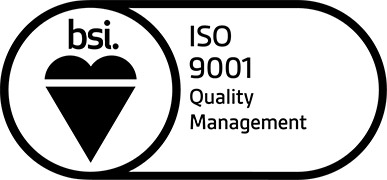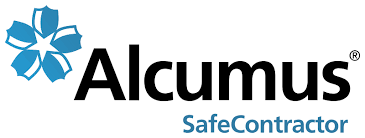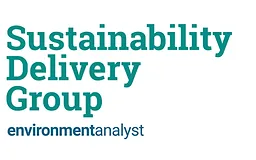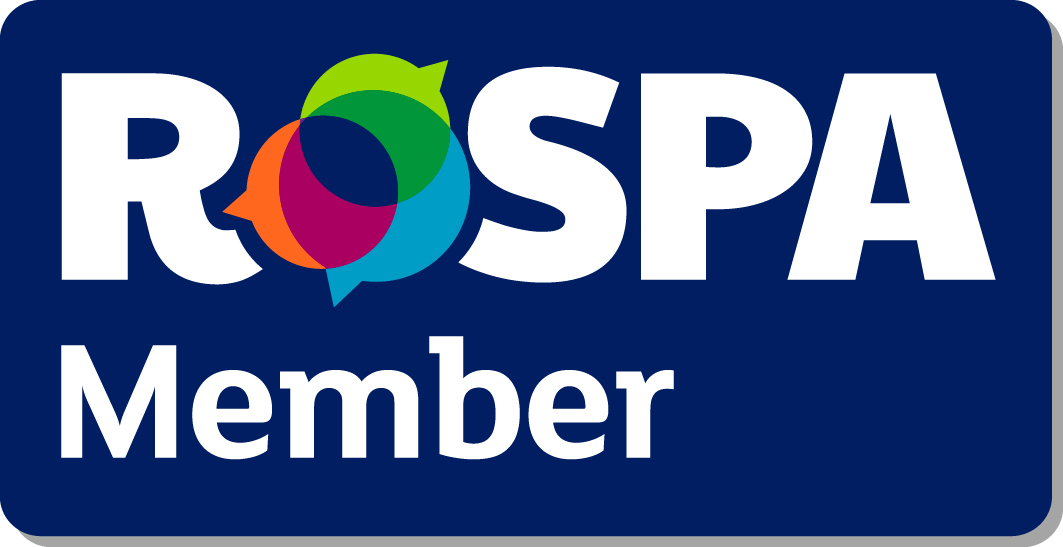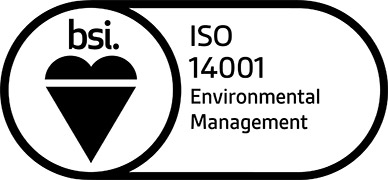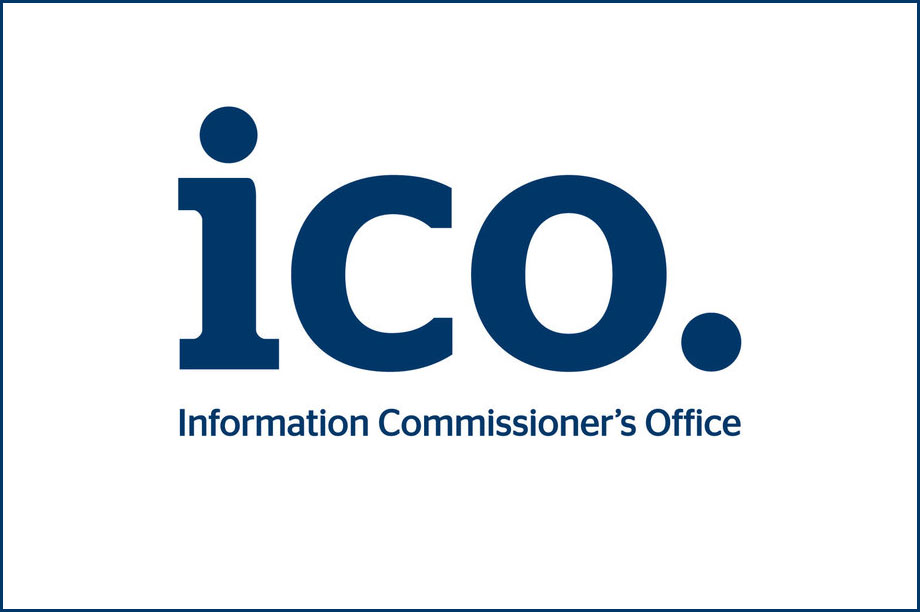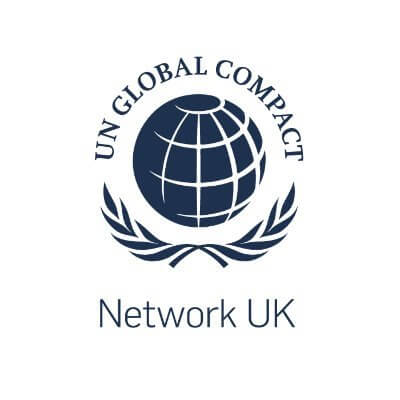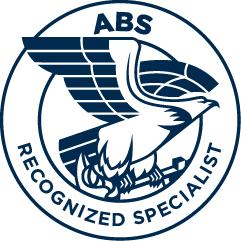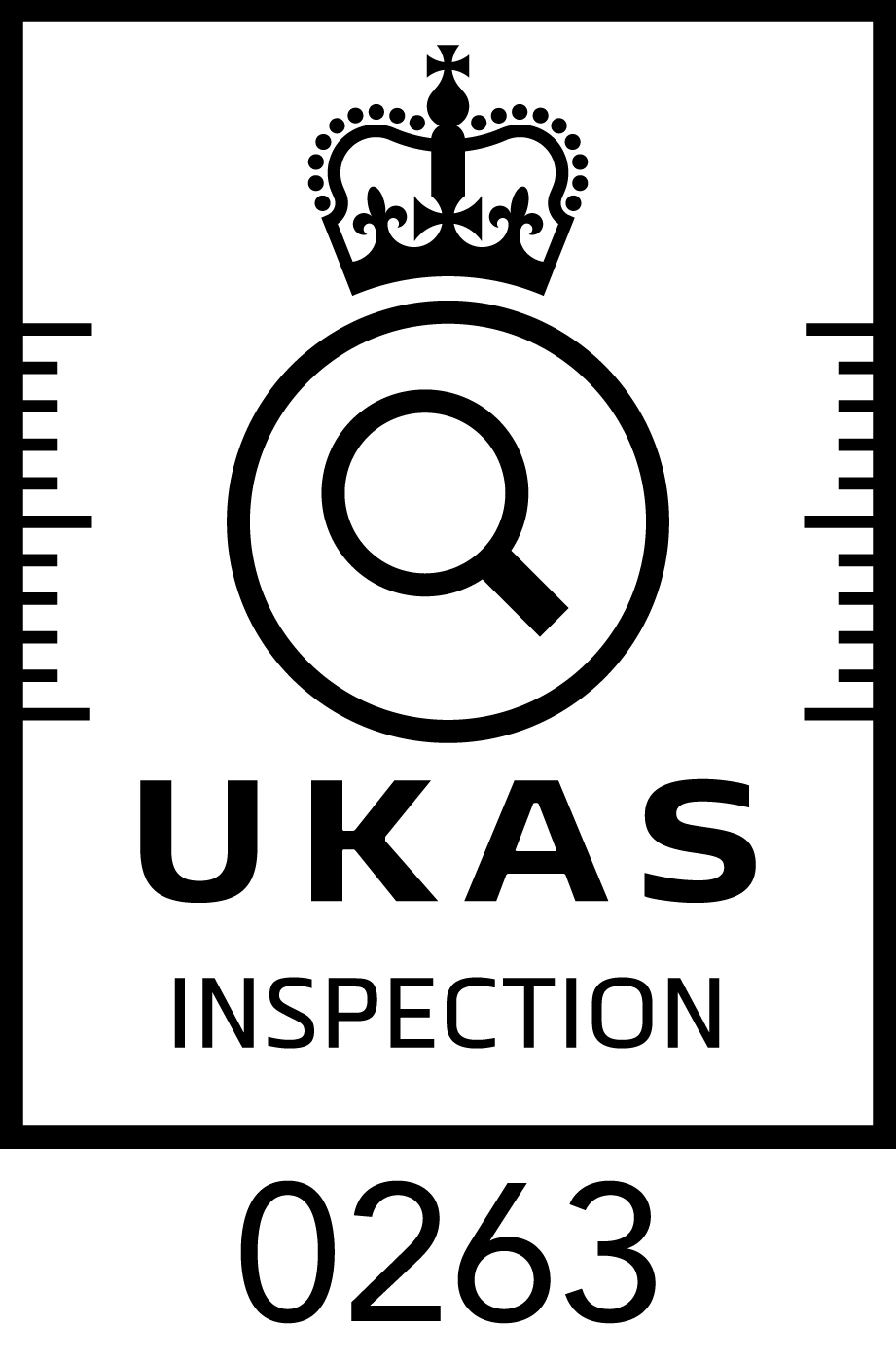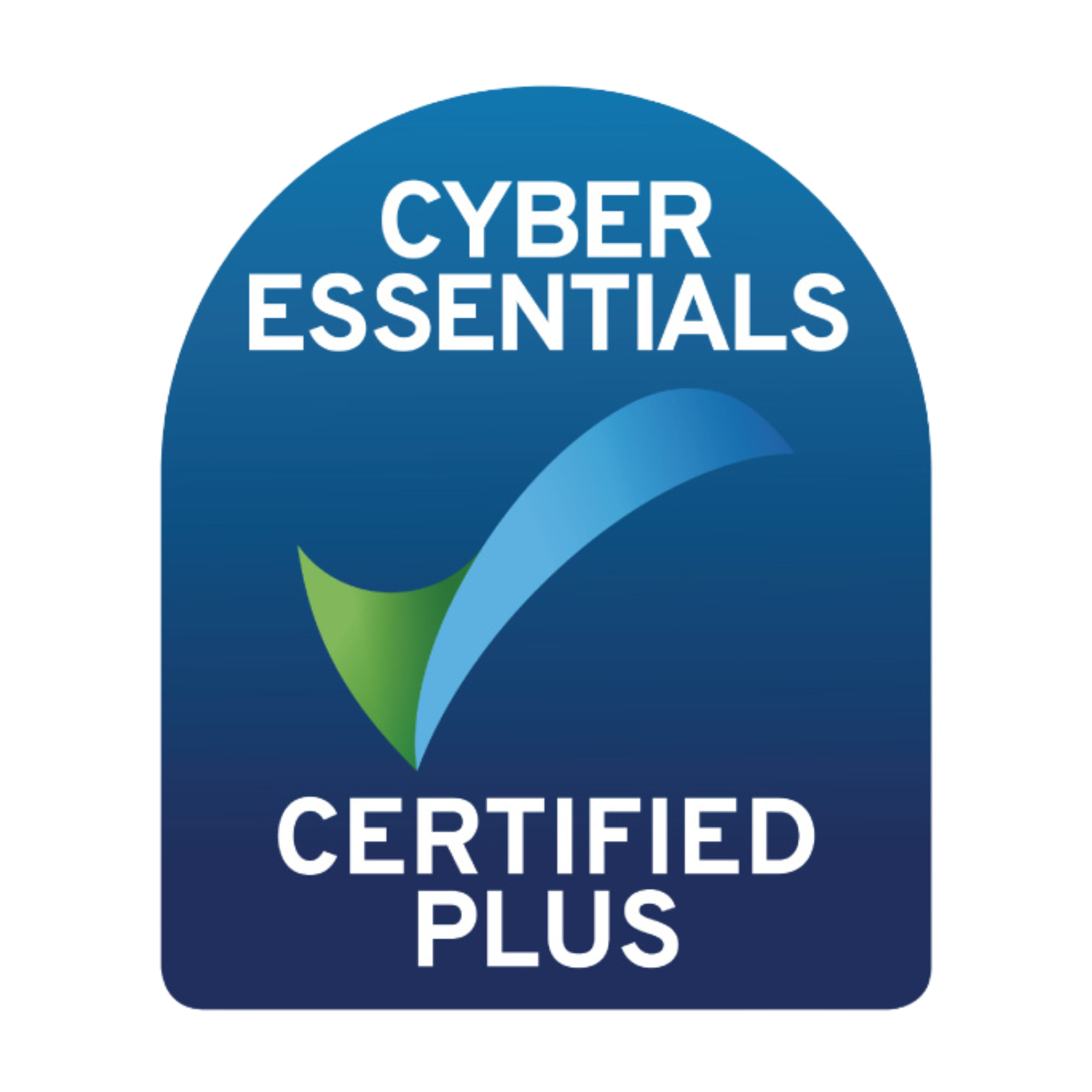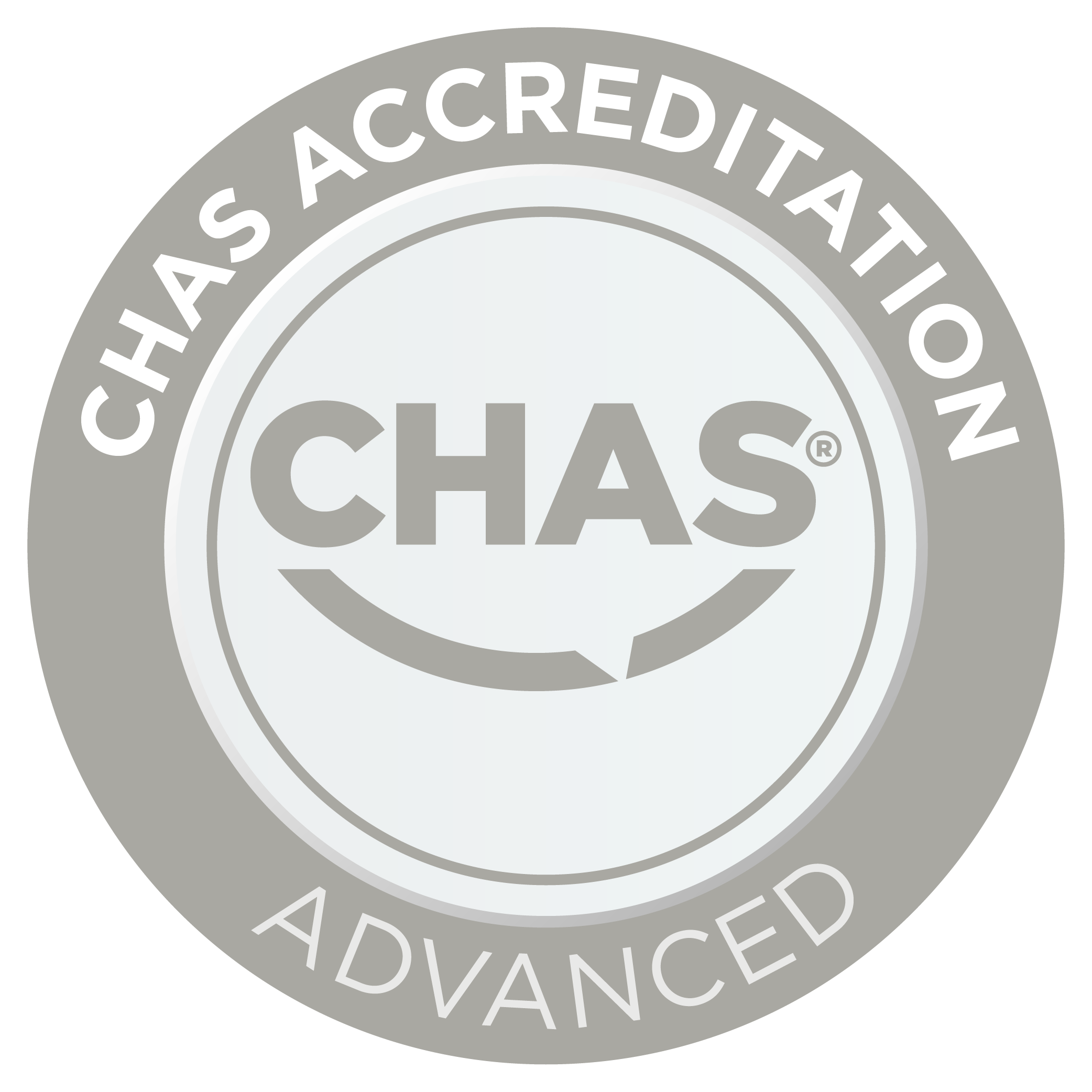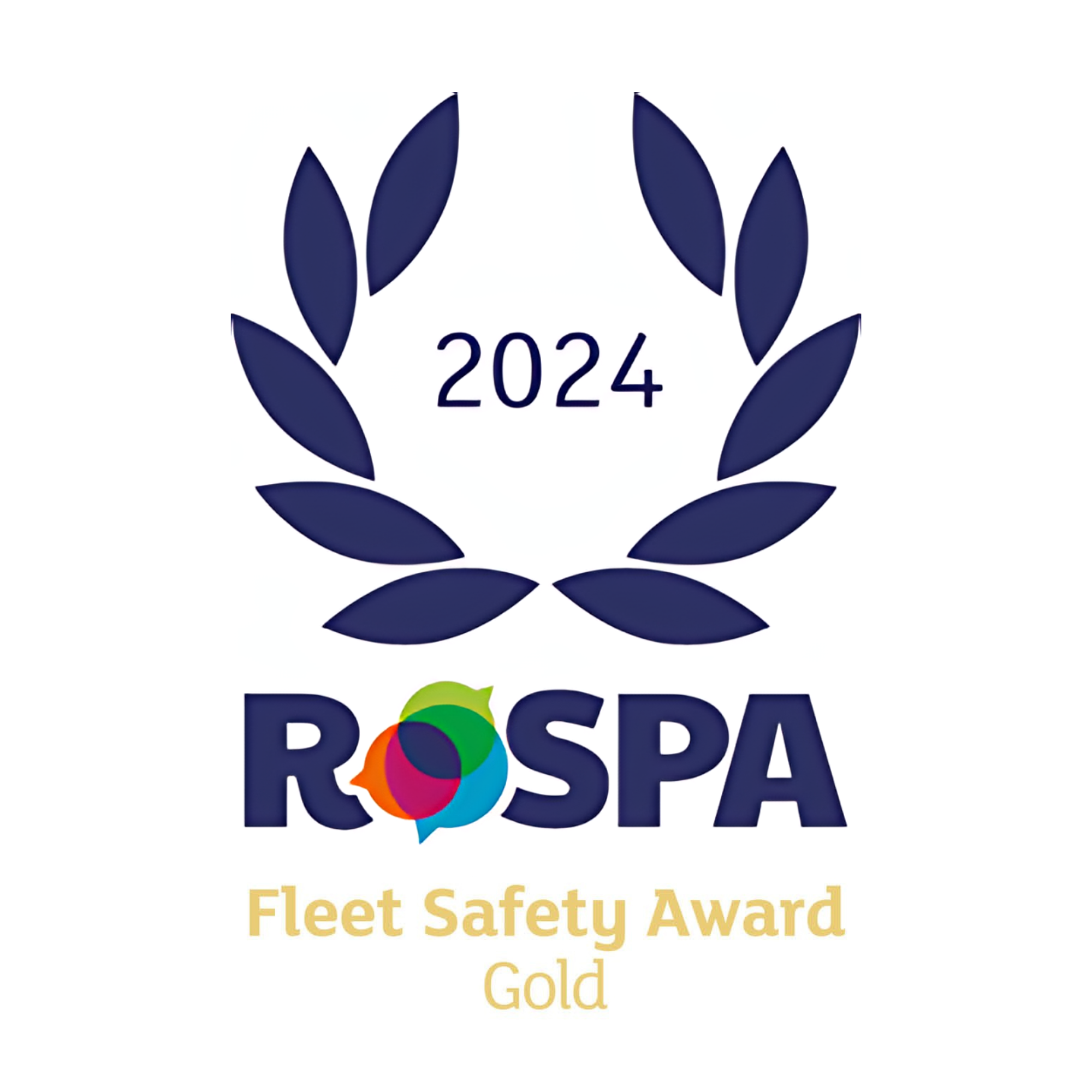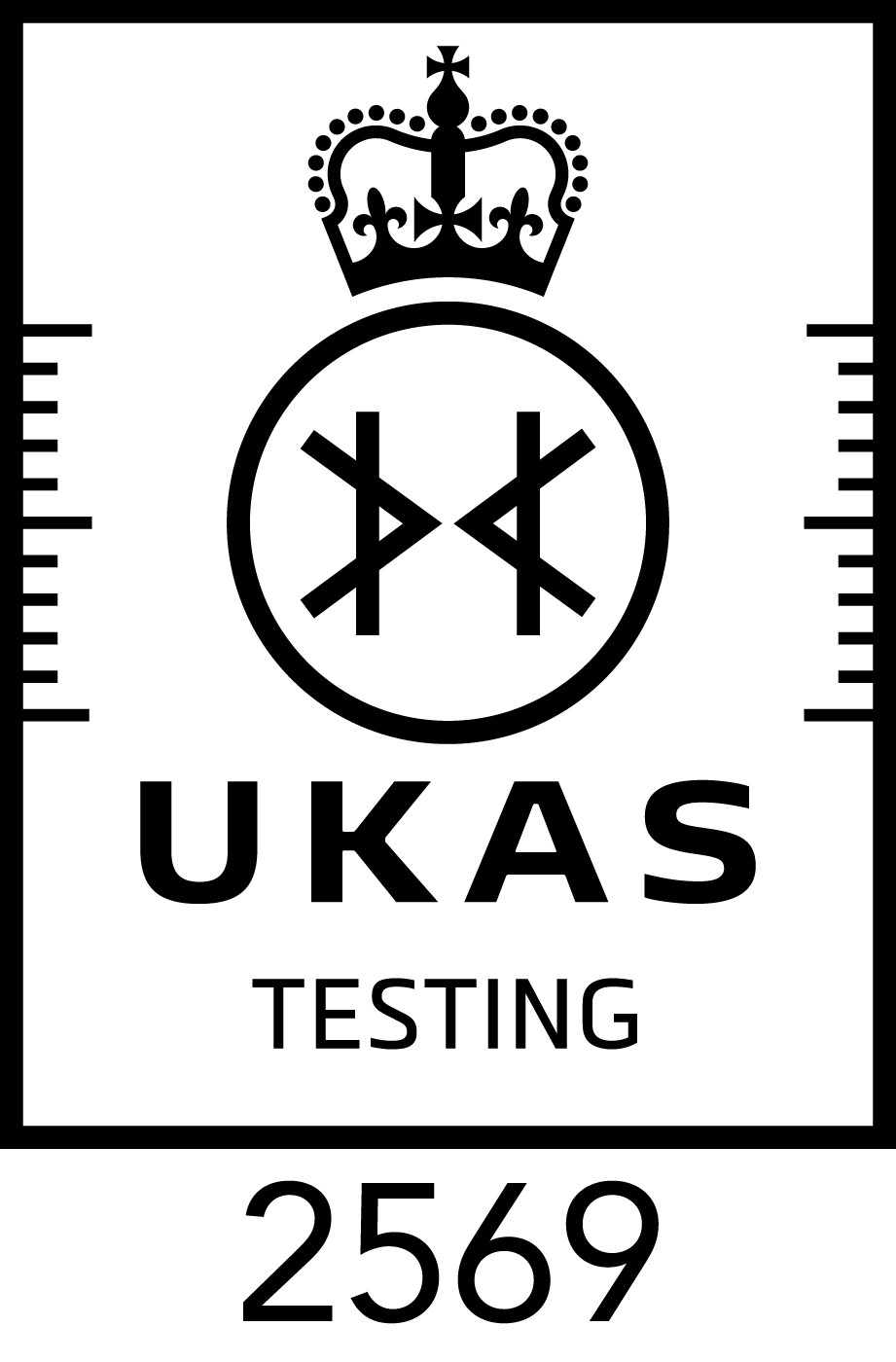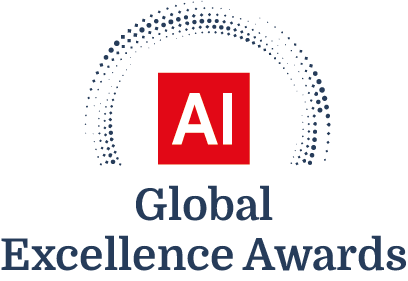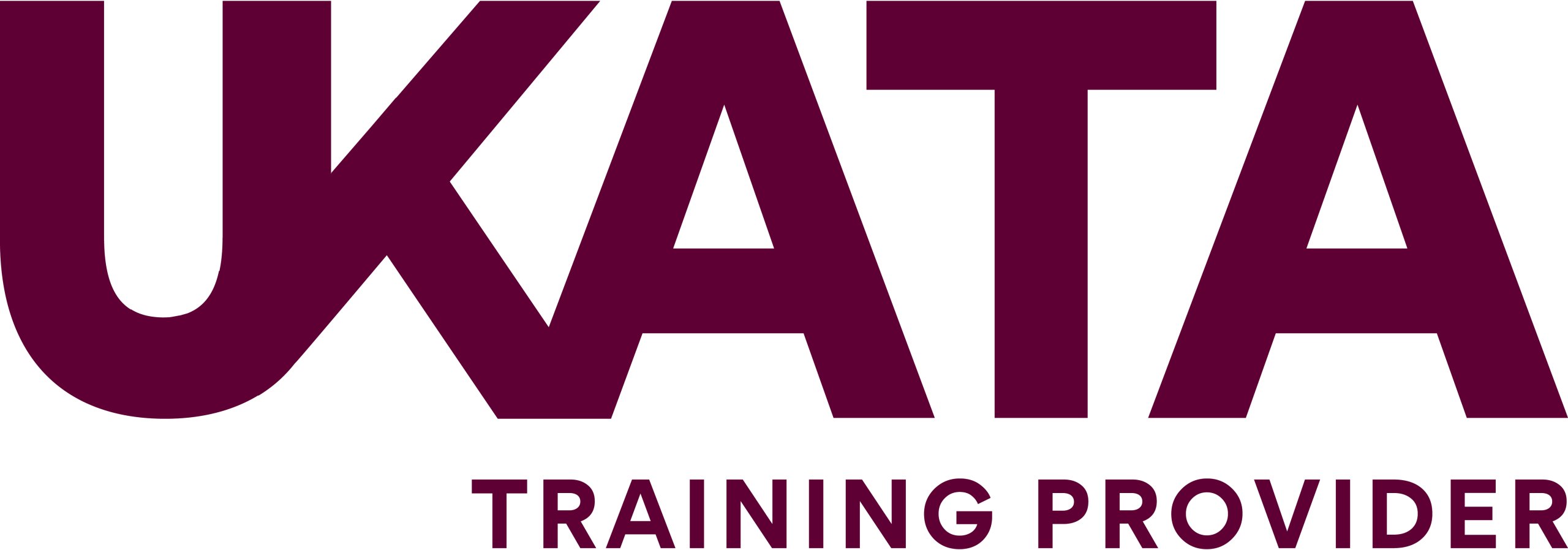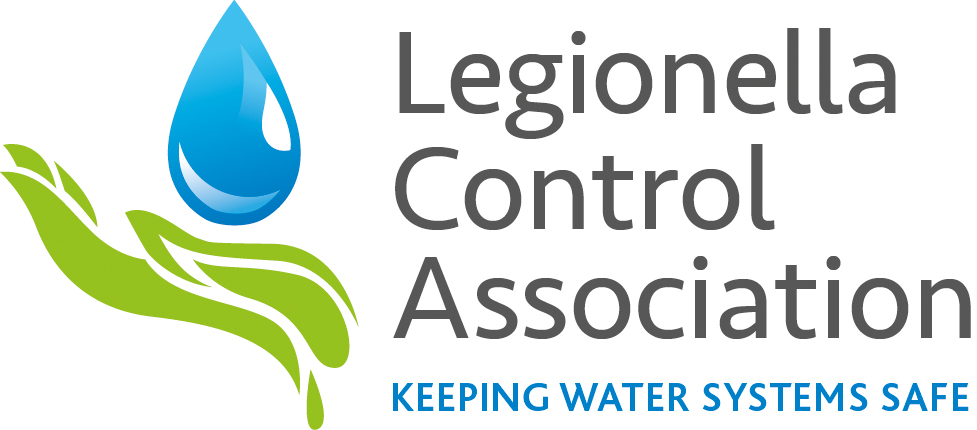Protecting people and planet
Protecting people and planet
Protecting people and planet
Protecting people and planet
Protecting people and planet
What are the benefits of conducting a GPR survey for utility mapping?

Lucion Group
3rd October, 2019
However, utility mapping doesn't come without its challenges. Accuracy of records and mapping has historically posed problems for surveyors as, of course, mapping the location of hidden objects is a task inherently laced with difficulty.
What technologies have been used for utility mapping?
Over the past few decades, the Subsurface Utility Engineering (SUE) sector has developed ways of tackling the challenges associated with locating and mapping underground utility infrastructure. Geophysical technology is used alongside non-technical means such as historical records to gather as much subsurface infrastructure information as possible. The technologies involved vary, but the most common are:- Electromagnetic Induction (EMI) An alternative to the more popular Ground Penetrating Radar (GPR) method, EMI uses an electrical current - supplied by a transmitter - to induce a primary magnetic field. A receiver is set to the right frequency, and deflections of the magnetic field are identified, locating subsurface utilities. EMI can be useful in environments where GPR would be hindered by high-moisture soil, but it can be affected by overlying metal objects.
- Ground Penetrating Radar (GPR) GPR is the method of choice for utility mapping. It emits directional electromagnetic waves in the MHz and GHz frequency range and uses the signal return to identify where subsurface utility infrastructure is located.
What are the benefits of using GPR for utility mapping?
GPR surveying technology is highly accurate, and it can locate both metallic and non-metallic utilities. Surveyors tend to prefer using GPR to conduct utility mapping surveys as it offers:- Rapid data acquisition
- Low operation cost
- High-resolution imagery
Register for IMPACT Bulletin
Don’t miss a beat - get the latest insights and updates from Lucion straight to your inbox.
Manage Cookie Consent
To provide the best experiences, we use technologies like cookies to store and/or access device information. Consenting to these technologies will allow us to process data such as browsing behaviour or unique IDs on this site. Not consenting or withdrawing consent, may adversely affect certain features and functions.
Functional Always active
The technical storage or access is strictly necessary for the legitimate purpose of enabling the use of a specific service explicitly requested by the subscriber or user, or for the sole purpose of carrying out the transmission of a communication over an electronic communications network.
Preferences
The technical storage or access is necessary for the legitimate purpose of storing preferences that are not requested by the subscriber or user.
Statistics
The technical storage or access that is used exclusively for statistical purposes.
The technical storage or access that is used exclusively for anonymous statistical purposes. Without a subpoena, voluntary compliance on the part of your Internet Service Provider, or additional records from a third party, information stored or retrieved for this purpose alone cannot usually be used to identify you.
Marketing
The technical storage or access is required to create user profiles to send advertising, or to track the user on a website or across several websites for similar marketing purposes.
